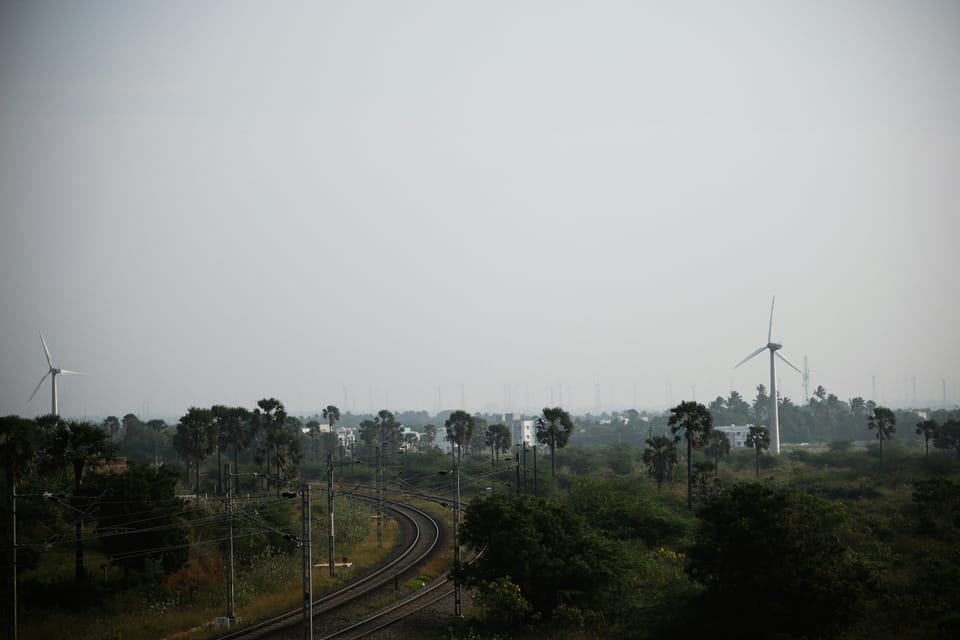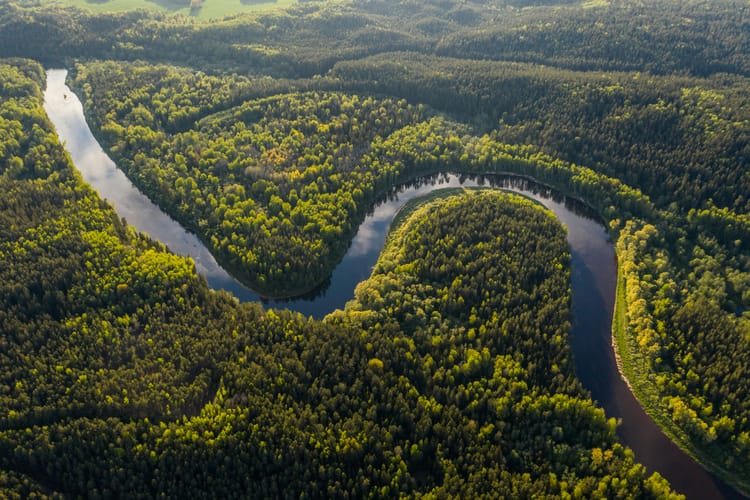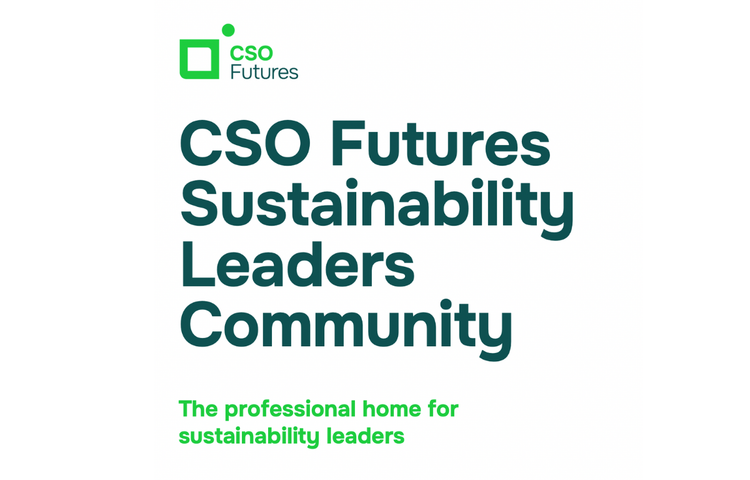Emerging economies ‘quickly catching up’ on Europe and the US in clean industry race

Countries like India, Egypt and Brazil may soon overtake China, Europe and the US in the clean industry race, thanks to abundant renewable energy resources and favourable policies.
New analysis by the Mission Possible Partnership (MPP) suggests that the clean industrial revolution may soon shift trade dynamics between the Global North and the Global South, with a ‘new industrial sunbelt’ quickly catching up on the ‘big three’ industrial leaders that are China, Europe and the US.
China has secured a quarter of the US$250 billion invested globally in commercial-scale, clean industrial projects to date. It is followed by the US (22%) and Europe (14%). But countries in the ‘new industrial sunbelt’, which include India, Egypt, Brazil, Indonesia and Morocco, are capitalising on abundant natural resources to ramp up their renewable energy capacity and creating supportive policies to create the right conditions for clean industrial processes.
These countries now hold over half (59%) of the US$1.6 trillion pipeline of nearly 700 clean industrial projects announced, but not yet financed in the aluminium, chemicals, cement, aviation and steel sectors – compared to 18% for the US, 10% for the EU, and just 6% for China.
Faustine Delasalle, CEO of MPP and Executive Director of the Industrial Transition Accelerator, commented: “Just like the industries of yesterday located near the coal mines which powered them, the new generation of energy-intensive industrial plants will go to where they can access abundant, reliable, cheap, clean electricity to produce materials, chemicals and fuels. The industrial heartlands of the past will have to be smart and cooperate if they want to retain their leading positions. MPP’s Global Project Tracker shows a relocation of the industrial base is already underway, with the new industrial sunbelt of the world poised to overtake Western nations in sectors like ammonia, causing major ripples throughout the global economy.”
Green ammonia on the rise
In total the Global Project Tracker estimates that the investment opportunity in new industrial sunbelt clean industry projects stands at US$948 billion. Economies dominated by agriculture in particular are increasingly seeing lower-cost clean ammonia for fertiliser as an economic opportunity and a chance to build increased food security: the report shows that new industrial sunbelt countries are home to over three quarters of all commercial-scale green ammonia production facilities planned globally.
Green ammonia is identified as the fastest-growing clean industrial sector with 344 plants announced, followed by sustainable aviation fuels (22 operational plants, seven at final investment decision and 144 announced).
Both present a strong business case, with clean ammonia being a drop-in solution for the fertiliser sector, and sustainable aviation fuels benefiting strong regulatory and policy frameworks as well as a continuing demand for air travel.
From project announcement to construction
Christiana Figueres, Co-Founder of Global Optimism, added: “MPPs Global Project Tracker shows that a new Industrial Revolution is on the rise. Perhaps surprisingly, developing economies have an enormous opportunity to leapfrog fossil fuels in heavy industry and transport creating the infrastructure for sustainable economic growth in the 21st century. We now need to unlock the full potential of the clean industrial revolution and exponentially accelerate the existing pipeline.”
In total, a record 826 commercial-scale clean industrial plants across 69 countries are logged in the MPP Global Project Tracker. Out of these, 69 are operational and 65 have secured financing, while eight have reached final investment decision in the last six months. The remaining 692 projects are not yet financed, with MPP highlighting a “persistent bottleneck” in the conversion time from announcement to final investment decision.
According to the report, if the rate of conversion seen in the last six months were to continue at this pace, it would take approximately 40 years for all announced projects to begin construction.







Member discussion